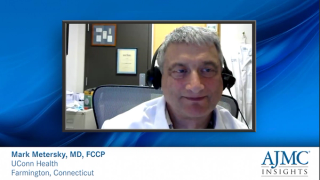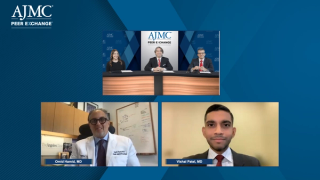
Clinical
Latest News

Latest Videos

CME Content
More News

The study aimed to determine the perceived advantages and disadvantages of the smartwatch-integrated, do-it-yourself continuous glucose monitoring (DIY-CGM) device from the perspective of patients with type 1 diabetes (T1D).

An overview of the importance of specialty pharmacies, coupons, and product samples.

A discussion on advocating for patients to payers over high-cost drugs and generic drugs.

Patients treated for more than 28 days had a higher chance of status epilepticus cessation, but also a high risk of moderate to severe disability at discharge, according to one study.

A rapid growth in vaping and e-cigarettes use among teens is associated with increased risk of asthma, according to a new study.

Elevated serum endotrophin levels, but not urinary endotrophin levels, predict increased risk of kidney complications and mortality in type 1 diabetes.

The measure of total DNA in leukemic cells as defined by a DNA index outperformed other criteria for identifying patients with hyperdiploid acute lymphoblastic leukemia (ALL) and favorable prognosis.

Among adults 40 years and older with chronic obstructive pulmonary disease (COPD), there is a higher prevalence of cardiovascular diseases (CVDs) compared with a general population without COPD.
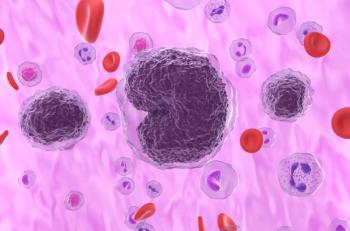
Salvage radiation therapy (RT) showed efficacy in local control of relapsed or refractory large B-cell lymphoma (LBCL) following CD19-targeted chimeric antigen receptor (CAR) T-cell therapy failure.

Dr. Gerd examines the clinical choices involved in the management of PV, following the directives of NCCN guidelines.

Dr Gerds explores similarities and differences in symptomatic patients compared to asymptomatic patients with PV.

Drugmakers turn to artificial intelligence (AI); new reports of vaccine appointment cancellations or insurance issues; Biden plans to clear Americans’ credit scores of medical debt.

Meredith McKean, MD, MPH, the associate director of the Sarah Cannon Research Institute's Melanoma and Skin Cancer Research Program at Tennessee Oncology, discussed new melanoma studies and treatment developments.

This study highlights the importance of trials and interventions to prevent seizures in patients with a history of stroke.

Experts examine primary and acquired resistance mechanisms in immunotherapy, while promoting realistic treatment strategies.

Experts explore the utilization of next-generation sequencing, including liquid biopsies, in mNSCLC Diagnosis.
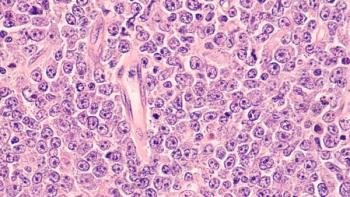
Subcutaneous epcoritamab produced deep and durable complete remissions in patients with relapsed or refractory (R/R) large B-cell lymphoma (LBCL), with complete responders having favorable long-term outcomes, according to updated data from the phase 1/2 EPCORE NHL-1 trial.
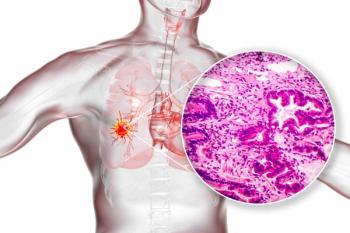
In a preliminary analysis of the phase 2 EVOKE-02 trial, the investigational combination regimen showed an objective response rate of 56% in previously untreated patients with metastatic non–small cell lung cancer (NSCLC).

These findings highlight the potential of dupilumab in improving lung function among children that are shown to have uncontrolled, moderate-to-severe type 2 inflammation asthma.

In their closing thoughts the panelists discuss reimbursement-related considerations surrounding mAbs.
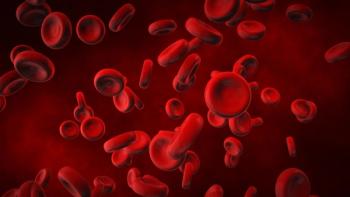
In a real-world study using data from patients diagnosed with multiple myeloma between 2009 and 2021, second primary malignancies adversely impacted survival outcomes in the modern era of therapeutics.

Investigators found a steady reduction of immunoglobulin E (IgE) levels in patients regardless of dupilumab dosing interval.

Clinical and financial considerations surrounding screening and early intervention for CKD are discussed by key opinion leaders.

The screening process for CKD is discussed by Susanne Nicholas, MD, MPH, PhD.

Erin Gillaspie, MD, MPH, FACS, a faculty member of Vanderbilt University Medical Center’s Department of Thoracic Surgery, explained what testing needs to be done to identify the best treatment for patients with lung cancer.






